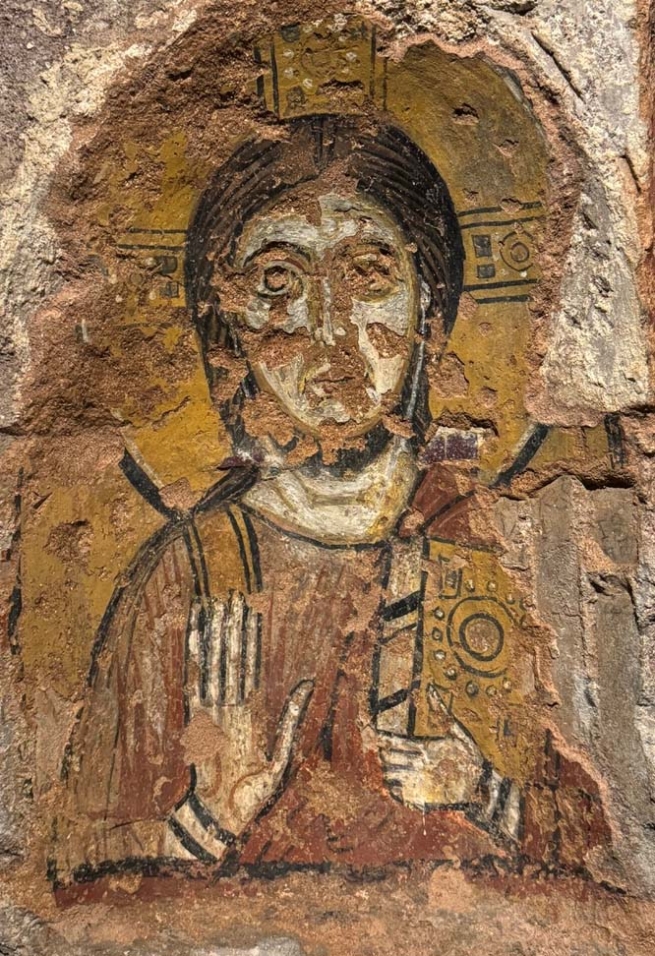In front of a large and distinguished audience, Monsignor Pasquale Iacobone, President of the Pontifical Commission for Sacred Archaeology, was the first to speak. He discussed the work of the institution he leads and highlighted the significance of the catacombs complex, describing it as "a treasure not only of art and archaeology but also of contents and messages." Referring to the theme of hope, which will accompany next year’s Jubilee, he noted, "The roots of Christian hope can be traced right here, in the Catacombs."
Continuing on the theme of the restoration, Archbishop Iacobone stressed the importance of this recovery, which enhances "the heart" of the Catacombs of St. Callistus. He expressed the "profound joy" of the occasion: "joy in encountering the message, in encountering the art, in encountering this nature so well cared for by our Salesian friends. This is a place we want to be as welcoming as possible." He also proposed the idea of further events during the Holy Year of 2025.
For his part, Fr. Saimy Ezhanikatt, Rector of the Salesian Institute ‘San Callisto’, welcomed all those present and emphasised the value of the Salesian custodianship of the catacombs. He shared, "Pope Pius XI, who had known Don Bosco and recognised the good that the Salesian Congregation could do by welcoming pilgrims and visitors to this place of great importance to the early Church, decided to entrust the custody of the Catacombs of St. Callistus to the Salesians of Don Bosco."
Turning to the present day, he added: "We strive to offer both a tourist visit that is attentive to the historical and cultural dimensions, and, above all, a true spiritual itinerary. This involves engaging with the faith of the first Christian generations through the illustration of the symbols, tombs, and martyr testimonies of this place."
Prof. Vincenzo Ruggieri, President of the ‘Paola Droghetti Onlus Foundation’, the organisation that financed the restoration of the palimpsest, spoke on the subject of restoration. After illustrating the figure of Saint Cecilia and her role as the patron saint of sacred music, he cited the archaeologist Paola Droghetti, after whom the foundation is named, to explain the difficulties involved in the work. "Restoration in the catacombs is particularly complicated due to the nature of the site itself: damp conditions, cramped, poorly lit and poorly ventilated spaces... all things that require specific tools, careful planning, special skills and a careful and delicate approach," she reported.
The event then continued with the projection of a quarter-hour video that gave a detailed account of the work accomplished.
Lastly, Dr. Barbara Mazzei, from the Pontifical Commission for Sacred Archaeology and Director of Works, took the floor. She thanked the restorers, Maria Gigliola Patrizi and Giovanna Prestipino, as well as the team led by Loredana Luvidi from the National Research Centre’s Institute of Sciences of Cultural Heritage, who accompanied the project.
The event concluded with the opportunity for everyone to enter the catacombs and admire the newly restored palimpsest, and finally with a moment of fraternal agape.
The video of the event is available on the ANS YouTube channel
https://www.infoans.org/en/component/k2/item/21282#sigProId56cf293812



